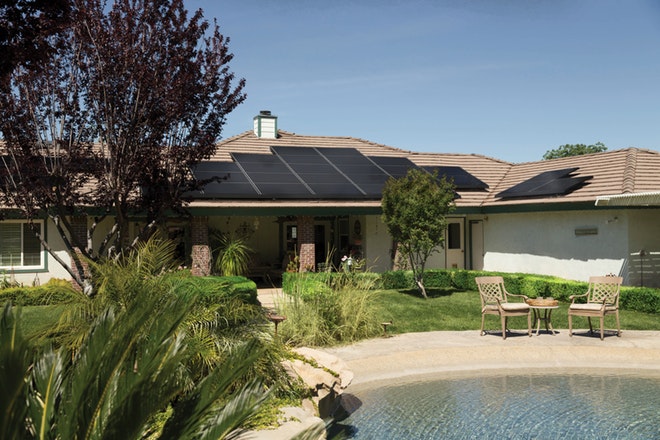Microwave radio communication is based on the microwave radio signals that have a higher frequency than 1GHz. Because of the high frequency of microwave signals, they have shorter wavelengths and that is the reason they are named as microwaves. It is noted that around 35% terrestrial communication is made as well as maintained on the relay systems of this technology.
At present, there are numerous types of systems based on this system technology that work between 15 – 4,000 miles including systems of intrastate microwave, feeder service and also, long-haul systems of microwave. In this article, we will talk about some key benefits and drawbacks of this microwave radio communication in detail.
Pros of Microwave Radio Communication
The first benefit is the easy transmission of information through its larger microwave spectrum bandwidth. The microwave repeaters cater its radio communication a power to send data not merely in large amount, but also over long distances.
How Microwave Radio Communication Does That?
On getting a signal for transmission from the antenna, the repeater converts it into the electrical signal after which it gets retransmitted further as a full strength holding microwave signal. Because of these systems, the signals propagation from the environment of the earth becomes possible.
The transmitters and receivers which are kept on the top end of towers, these signals are sent over them. So, these systems give transmission to numerous data channels from two aforementioned points. There is no need to use any physical medium like the wire cables or fiber optics for transmission.
Low-Cost advantage – At cost factor, this technology emerges as the winner because it requires low construction cost as compared to the other wired transmission technologies. There is no need to use any pricey attenuation equipment to run these systems. Moreover, the mountains and rooftops give an inexpensive as well as an easy base to set-up the towers for the microwave transmission.
From the initial days, it is used as sight communication line and now is proving to be a very effective in hilly or remote areas due to the less possibility to install the wired communication. To these places, satellite or microwave radio communications are known as the best choices ever.
Based on the application, the division of this spectrum is made on various channels for which the main frequencies are distributed with certain gaps to avoid overlapping of the channels and result interference because of the any present channels or a channel nearby.
Each and every day, more and more systems are getting connected to the microwave radio communication spectrum. At this condition, this technology proves to be very helpful to handle the complete spectrum with the use of various modules like PSK, SSB, and QAM and shower techniques of spectrum, data compression and great selective receivers.
Cons of Microwave Radio Communication
Discussing certain drawbacks of Microwave Radio Communication.
The time there is a frequency below 30MHz, the standard circuit analysis can be easily applied, and however, for the frequencies within microwave range, there is a huge need to apply E-H wave analysis.
Due to the limitation of the microwave communication to the line of sight mode, communication via other modes is not possible.
Electromagnetic and other Interference – The performance of the microwave signals gets degraded or obstructed because of the interference of EMI or electromagnetic interference. They get emitted from applications like electric power transmission lines, electric motors, and wind turbines and thus, disrupt the microwave communication. The degradation of the microwave signals can also happen due to the heavy moisture in the atmosphere, rain, snow, and fog, or in a phenomenon called rain fade.
The lumped components features like inductors, resistors, and capacitors do not remain same at microwave frequencies due to their lower frequencies. This issue makes the implement of these components difficult at microwave frequencies.
Another big drawback of the microwave radio communication system is that; it cannot pass through the solid objects. This creates a big issue in sending signals between the two ends of the areas where there are many tall buildings or have high mountains. Although, there are ways to work around this by getting erecting repeaters installed between the two towers, however, it is not very convenient way. There are many instances in which the signal gets bounced off the solid objects and even reaches the ionosphere.
The transit time of current carrier, is higher as it takes a large percentage of the actual signal. Hence, the conventional transistors are not able to function properly at microwave frequency as compared to the lower frequency.
We hope that the pros and cons of the microwave communication listed here are helpful. For more information on the same, we request you to kindly visit our website.






